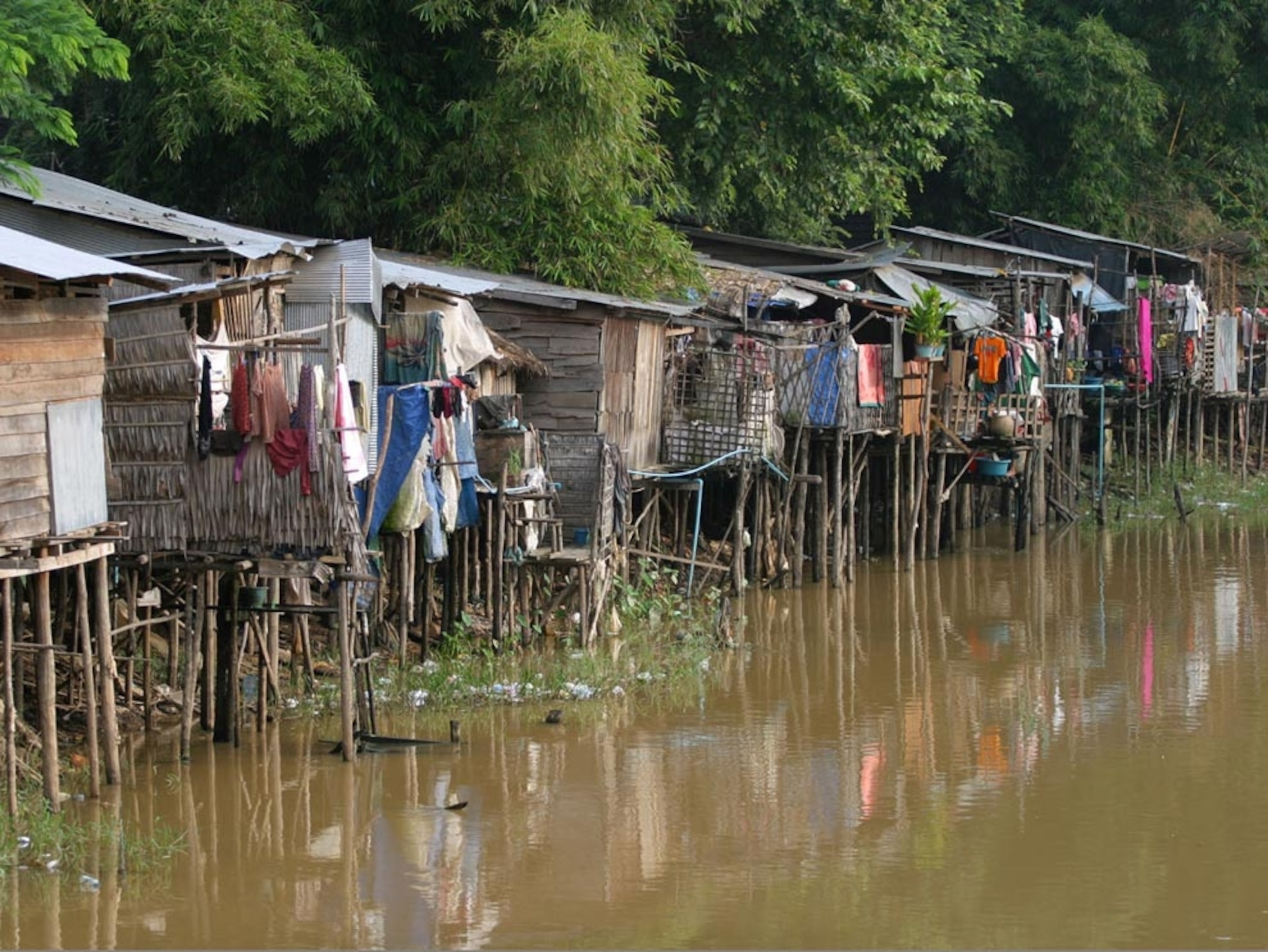The disease chiefly affects lowland tropical regions, where conditions favor Anopheles mosquitoes, which carry the malaria parasite plasmodium. It's the blood-seeking females that inject these microscopic invaders, each bite acting like an infected hypodermic needle.
Of the four kinds of plasmodia, Plasmodium falciparum is by far the most dangerous, responsible for about half of all malaria cases and 95 percent of deaths.
Parasite
The parasite has a complicated life cycle, which begins in the mosquito's gut before moving to the salivary glands, where it awaits transfer to the next host. Once in a human's bloodstream, the parasite lodges in the liver, burrowing into cells where it feasts and multiplies. After a week or two the plasmodia burst out—around 40,000 replications for each parasite that entered the body. Next they target red blood cells, this time repeatedly, until there are billions of parasites in circulation. If this cycle isn't checked, the body starts to fail, because with so many oxygen-carrying red cells being destroyed there are too few left to sustain vital organs. Meanwhile, all it takes for the parasite to pass on its grim legacy is for another mosquito to stop off for a meal.
No Vaccine
Almost two-thirds of humans infected live in sub-Saharan Africa, which also bears around 90 percent of the global malaria death toll. A child there dies from the disease about every 30 seconds. Elsewhere, countries worst affected are in southern Asia and Latin America.
Those most vulnerable are young children, who have yet to develop any resistance to the disease, and pregnant women who have reduced immunity. Signs of infection include flu-like symptoms such as fever, shivering, headache, and muscle ache. The P. falciparum parasite can lead to life-threatening conditions such as brain damage (cerebral malaria), severe anemia, and kidney failure. Survivors are often left with permanent neurological damage.
For centuries the only widely known malaria remedy was quinine, which came from the bark of the cinchona tree of Peru and Ecuador. Then, in the 1940s, a synthetic drug was created using the compound chloroquine. Around the same time, the insecticide known as DDT was developed. These twin weapons led to a worldwide assault on malaria, eradicating the disease in many areas, including the United States and southern Europe.
But malaria has made a major comeback since the 1970s, partly because DDT use was severely restricted after it was found to be harmful to certain wildlife, and because the plasmodium parasite started becoming resistant to anti-malaria drugs.
With more people now falling sick from malaria than ever before, the need to tackle it has never been so urgent. The top priority, health experts say, is finding a vaccine—seen as the only surefire way of beating the disease.
Pictures of Old-School Mosquito Prevention








Related Topics
You May Also Like
Go Further
Animals
- Why this rhino-zebra friendship makes perfect senseWhy this rhino-zebra friendship makes perfect sense
- When did bioluminescence evolve? It’s older than we thought.When did bioluminescence evolve? It’s older than we thought.
- Soy, skim … spider. Are any of these technically milk?Soy, skim … spider. Are any of these technically milk?
- This pristine piece of the Amazon shows nature’s resilienceThis pristine piece of the Amazon shows nature’s resilience
Environment
- This pristine piece of the Amazon shows nature’s resilienceThis pristine piece of the Amazon shows nature’s resilience
- Listen to 30 years of climate change transformed into haunting musicListen to 30 years of climate change transformed into haunting music
- This ancient society tried to stop El Niño—with child sacrificeThis ancient society tried to stop El Niño—with child sacrifice
- U.S. plans to clean its drinking water. What does that mean?U.S. plans to clean its drinking water. What does that mean?
History & Culture
- Séances at the White House? Why these first ladies turned to the occultSéances at the White House? Why these first ladies turned to the occult
- Gambling is everywhere now. When is that a problem?Gambling is everywhere now. When is that a problem?
- Beauty is pain—at least it was in 17th-century SpainBeauty is pain—at least it was in 17th-century Spain
- The real spies who inspired ‘The Ministry of Ungentlemanly Warfare’The real spies who inspired ‘The Ministry of Ungentlemanly Warfare’
- Heard of Zoroastrianism? The religion still has fervent followersHeard of Zoroastrianism? The religion still has fervent followers
Science
- Here's how astronomers found one of the rarest phenomenons in spaceHere's how astronomers found one of the rarest phenomenons in space
- Not an extrovert or introvert? There’s a word for that.Not an extrovert or introvert? There’s a word for that.
- NASA has a plan to clean up space junk—but is going green enough?NASA has a plan to clean up space junk—but is going green enough?
- Soy, skim … spider. Are any of these technically milk?Soy, skim … spider. Are any of these technically milk?
- Can aspirin help protect against colorectal cancers?Can aspirin help protect against colorectal cancers?
Travel
- What it's like to hike the Camino del Mayab in MexicoWhat it's like to hike the Camino del Mayab in Mexico
- Follow in the footsteps of Robin Hood in Sherwood ForestFollow in the footsteps of Robin Hood in Sherwood Forest
- This chef is taking Indian cuisine in a bold new directionThis chef is taking Indian cuisine in a bold new direction
- On the path of Latin America's greatest wildlife migrationOn the path of Latin America's greatest wildlife migration
- Everything you need to know about Everglades National ParkEverything you need to know about Everglades National Park















